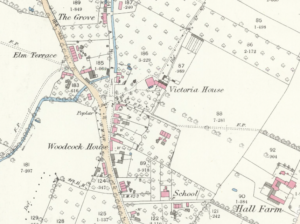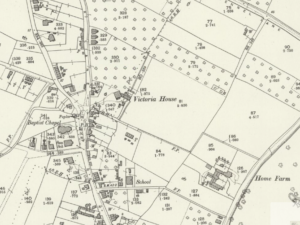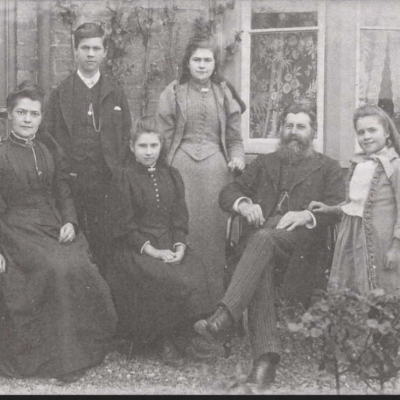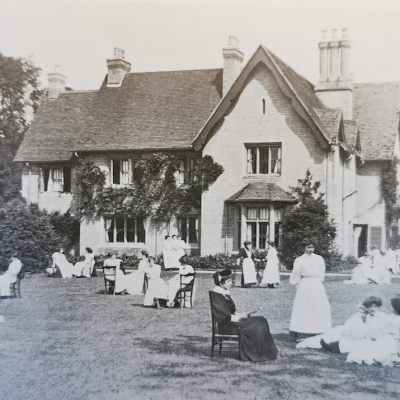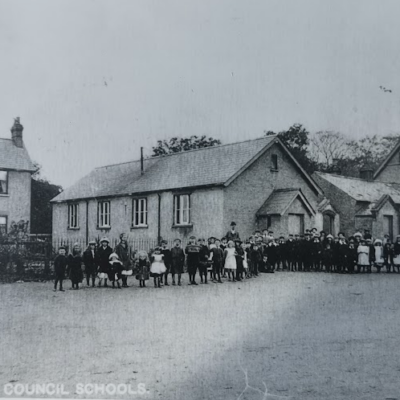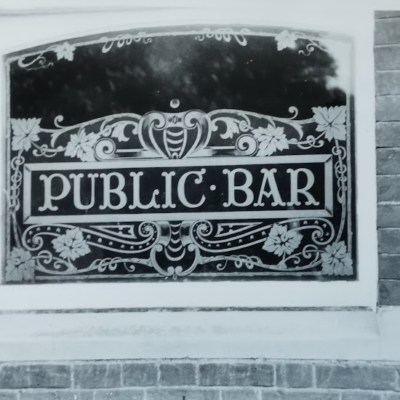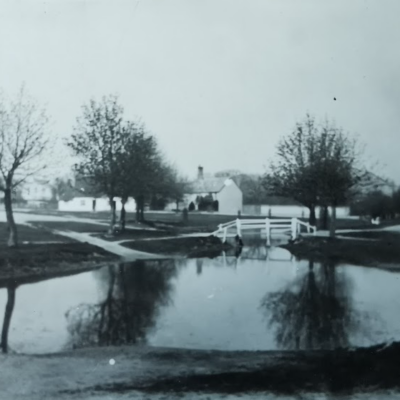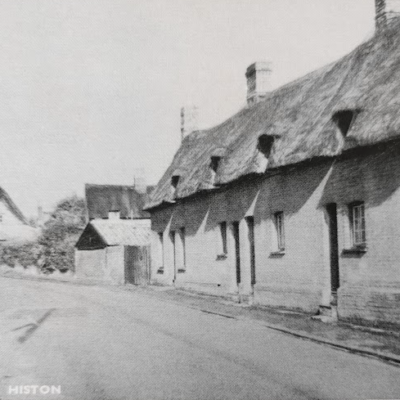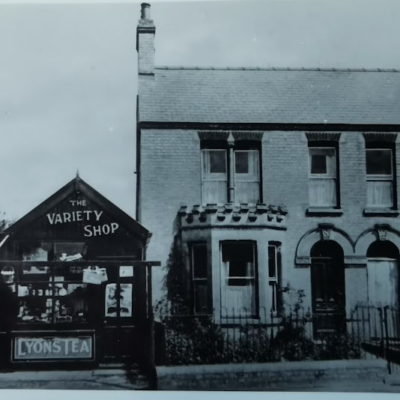Search by topic
- archaeology
- Building of Local Interest
- charity
- church
- crime
- dressmaker
- fire
- Great Eastern Railway
- Listed building
- Mapping Relief
- medieval
- oral history
- poverty
- Public House
- Rattee & Kett
- Religious House
- Roman
- scholar
- school
- Then and Now
- tudor
- women
- work
- world war one
- world war two
Search by text
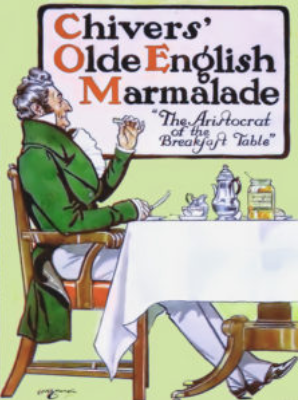 Chivers Marmalade
Chivers MarmaladeVictoria House, Water Lane, Histon
History of Victoria House
From Histon and Impington PCC:
In 1806, a thatched farmhouse belonging to the Impington Hall estate stood on the Little and Great Dole site. By 1841, it was occupied by Morley Muncey, his wife Elizabeth and nine children. In the late 1870s, the Muncey family agreed with Stephen Chivers to exchange their farmhouse and surrounding land for property elsewhere in the village. Stephen demolished the farmhouse and went on to build Victoria House, together with two pairs of brick cottages on The Dole and later, around1900, three pairs of brick cottages on Water Lane. Over the next thirty years, he transformed Little Dole field into a fine Victorian garden with lawns, beech hedges, stands of sweet chestnuts, conifers from North America and oriental planes, reputed to be the second oldest plantings in the county. Even before the Chivers’ time, the garden contained mature trees. Large roots would trip the unwary, as they made their way home after dark.
1891 Water Lane, Victoria House [see maps above]
Stephen Chivers, 67, farmer and gardener, b Histon
Rebecca, 64, b Waterbeach
John, 35, jam manufacturer, b Histon
Esther, 31, b Histon
Rebecca, 26, b Histon
Louisa, 19, b Histon
Agnes Rogers, servant, 20, b Fen Drayton
In 1881 the Chivers were living in Broad Lane.
In 1926 Rebecca was living at 21 Luard Road
See https://en.wikipedia.org/wiki/Chivers_and_Sons
Contribute
Do you have any information about the people or places in this article? If so, then please let us know using the Contact page or by emailing capturingcambridge@
License
This work is licensed under CC BY-NC-SA 4.0





